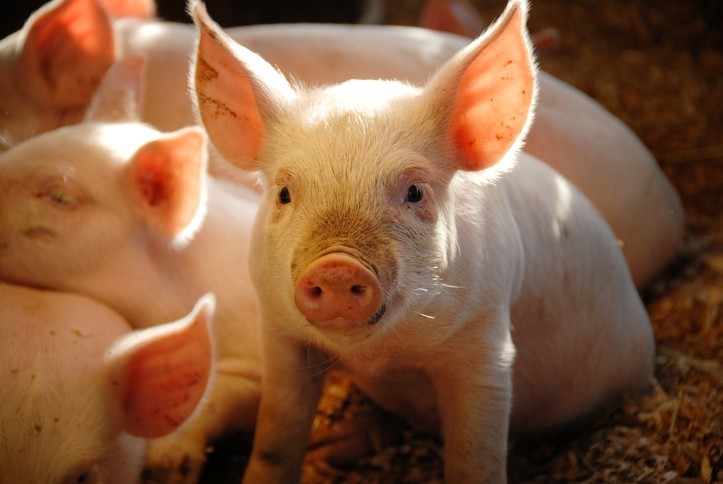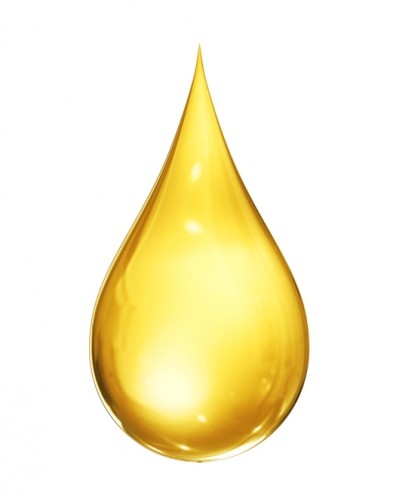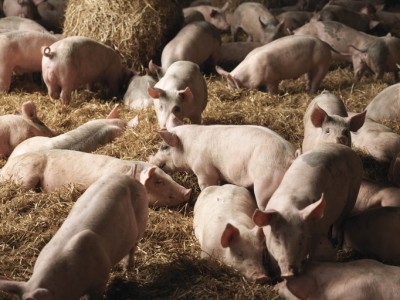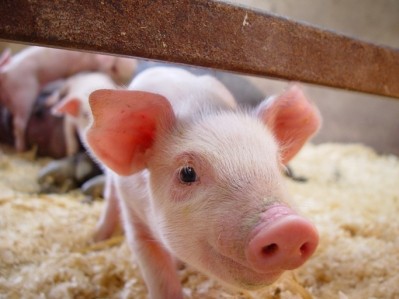Adding glutamic acid may aid crude protein reduction strategy in piglet diets

Glutamic acid (Glu) has been receiving increased attention from nutritionists owing to its role in metabolism and physiology, said the authors of the research, published in Animal Nutrition.
The paper suggests that Glu supplementation can compensate for a 2% crude protein (CP) reduction in basal diets for weanling pigs.
In such pigs, a large proportion of undigested dietary nutrient is subjected to bacterial fermentation in the large intestine due to incomplete digestibility in the small intestine, said the team. To minimize the amount of fermentable protein that enters the lower gut and the associated enteric problems in nursery pigs, the concept of reducing CP and the addition of AAs to compensate has taken hold, they reported.
Optimizing the recommendations of dietary AA requirements for animals is, thus, key, said the authors.
In recent years there has been a paradigm shift in the understanding of protein nutrition in animal feed, they said.
“It has been suggested that animals have dietary requirements not only for essential AA but also for all of the synthesizable AA to achieve maximum growth and production performance (Wu et al., 2013). Some non-essential amino acids (NEAA) have been classified as conditionally essential because their utilization rates are higher than synthesis rates under certain conditions (e.g., early weaning, lactation, pregnancy, burns, injury, infection, heat stress, and cold stress) (Wu, 2009).”
Some examples of conditionally essential AAs for weanling piglets include glutamic acid (Glu), Glutamine (Gln), Arginine (Arg), Proline (Pro), and Glycine (Gly), they added.
They cited a study whereby weaned piglets were fed a diet containing 20.7% (normal CP level), or a diet having reduced CP (12.7%) and supplemented with essential AAs to achieve similar levels as the standard CP diet. The pigs fed the low CP diet with supplemental essential AAs had reduced protein synthesis in multiple tissues, such as liver, pancreas, and longissimus muscle (Deng et al., 2009) suggesting, they said, the need for the supplementation of conditionally essential AAs.
Nevertheless, there is a limited number of studies on supplementing reduced protein diets with a conditionally essential AA such as Glu in weanling pig performance, they stressed.
The study
The authors decided, thus, to evaluate the supplementation of increasing levels of Glu into a protein-reduced corn-soybean meal-based diet with the goal of estimating the optimal Lys-to-Glu ratio for weanling pig growth enhancement.
The team randomly allocated 180 crossbred weanling pigs with similar body weight to one of six dietary treatments during a six-week trial.
Dietary treatments consisted of positive control (PC) diet formulated to have 226.9, 205.6, and 188.8 grams of crude protein (CP) during phases one, two, and three, respectively, and negative control (NC) diets with 20g CP reduction from PC diets and the addition of increasing levels of Glu, resulting in the calculated Lys-to-Glu ratios of 1:2.25, 1:2.30.1:2.35, 1:2.40, and 1:2.45, designated as NC, NC1, NC2, NC3, and NC4, respectively.
The findings
The authors saw that the effect of reduction of CP in growth performance was reversed by adding Glu into the low CP diet, providing evidence of the supporting role Glu plays in promoting growth performance in weanling pigs.
“Results from the present study showed that piglets fed standard diet formulated to meet NRC (2012) recommendation for weanling pigs had higher ADG and BW than those fed lower CP diets (reduced by 2%) during all three phases of the experiment. Although lower dietary protein levels have been shown to be a nutritional strategy to improve the intestinal structure and function of weaned piglets, it may result in impaired piglet growth performance (Williams et al., 2015). Thus, the adverse effect of reduced CP diets on the growth performance of weanling pigs may be due to an inadequate supply of AA in the diet.”
However, supplementing Glu, at an increasing rate, showed a significant difference or trends in linearly increasing BW, ADG, and G:F, they said. There were no effects on ADFI.
The researchers observed that, among the different NC diets tested in the study, feeding NC3 diets with calculated Lys-to-Glu ratio of 1:2.40 to weanling pigs would achieve similar levels of performance as that of standard diets.








